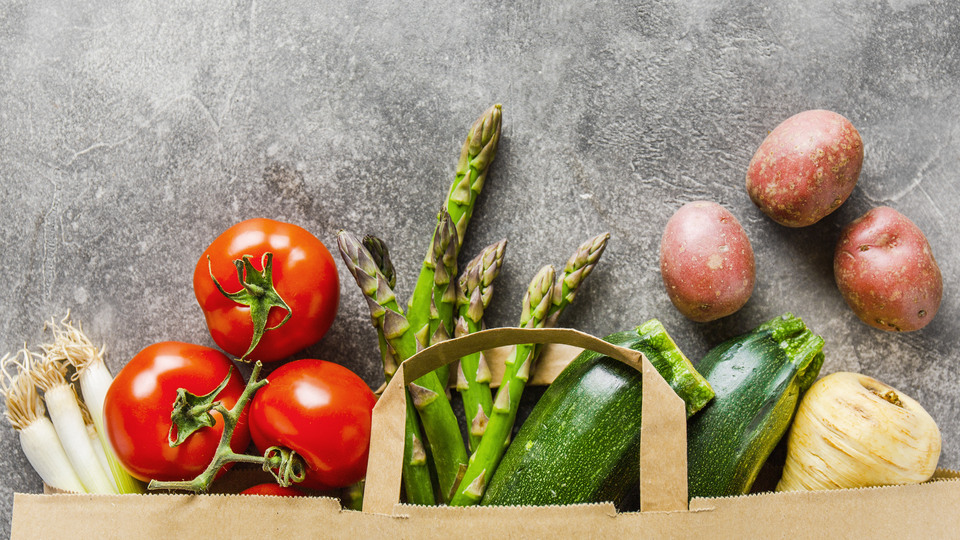
Reducing food waste through donations
Industry, academia and the voluntary sector are joining forces to accelerate efforts to halve food waste by 2030. A project will be implemented in 2022-24 to present good examples, obstacles and efficient working methods for donations of surplus food to charity. The project is to result in a handbook and will be carried out with support from Vinnova.
An estimated 100,000 tonnes of edible food is currently discarded – food that could be donated to the voluntary sector for distribution to people experiencing food poverty. Today, less than 5 per cent of wasted food is donated. The goal is to save 10,000 tonnes of surplus food by 2025, compared with 4,500 tonnes in 2021.
The collaboration between the Swedish City Missions and the food industry is a good example of how several stakeholders can benefit from one another and contribute to solutions in separate areas, such as reducing food waste and food poverty while increasing resource efficiency in the food supply chain. Cross-sectoral collaboration is necessary to solve our current climate and societal issues
, says Elvira Molin at IVL Swedish Environmental Research Institute and the Swedish Voluntary Agreement for Reduction of Food Waste (SAMS).
Within the project, the Swedish City Missions, IVL and a large number of food industry players are to develop and evaluate key factors in reducing food waste through increased donations to the voluntary sector throughout the food supply chain.
Environmentally friendly logistics and digital platforms
Among other things, the project involves developing cost-effective and environmentally friendly logistics, the best method for retail store donations, removing legal obstacles and testing new forms of collaboration. For example, the Saving Food digital platform will be tested and developed. This platform enables producers to donate food that cannot be sold to charities, in collaboration with Stockfiller and Frigoscandia.
Last year, 2100 tonnes of surplus food were distributed through the Swedish City Missions’ food banks, but the need among people in food poverty exceeds that – a situation exacerbated by the Ukraine war and rising food prices. It therefore feels even more important, together with stakeholders across the entire food supply chain, to develop methods enabling yet more food that is currently discarded to go to people in food poverty instead
, says Anne Lunde Dinesen, national coordinator for the Swedish City Missions’ food banks.
Good examples, lessons and opportunities will be disseminated through a Donation Handbook intended both for stakeholders within the food sector and charities reaching vulnerable people. Savings, added value and the actual costs of donating surplus food to charity will also be presented in a business model.
The Swedish City Missions’ digital registration system enables the amount of donated food to be followed up and its equivalent in carbon dioxide calculated. This data forms the basis for follow-up, development and climate impact assessment, which can also be used in the food industry’s environmental and social sustainability reports.
The project is a collaboration between the Swedish City Missions, IVL Swedish Environmental Research Institute, Willys, Frigoscandia, Stockfiller and ten food industry players from all parts of the supply chain, as well as relevant public authorities.
For more information, contact:
Elvira Molin, elvira.molin@ivl.se, tel. 010-788 67 39
Anne Lunde Dinesen, anne.lundedinesen@sverigesstadsmissioner.se, 070-425 65 03
